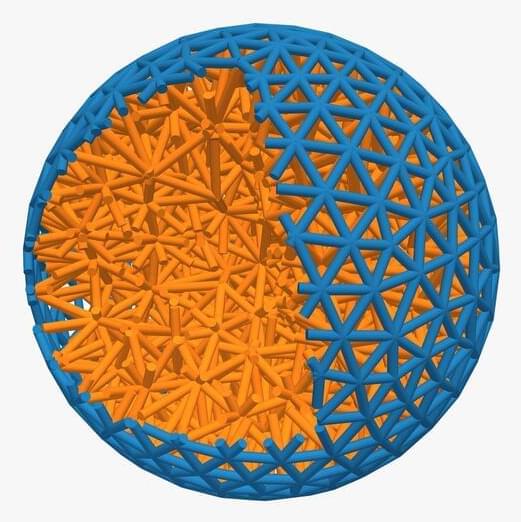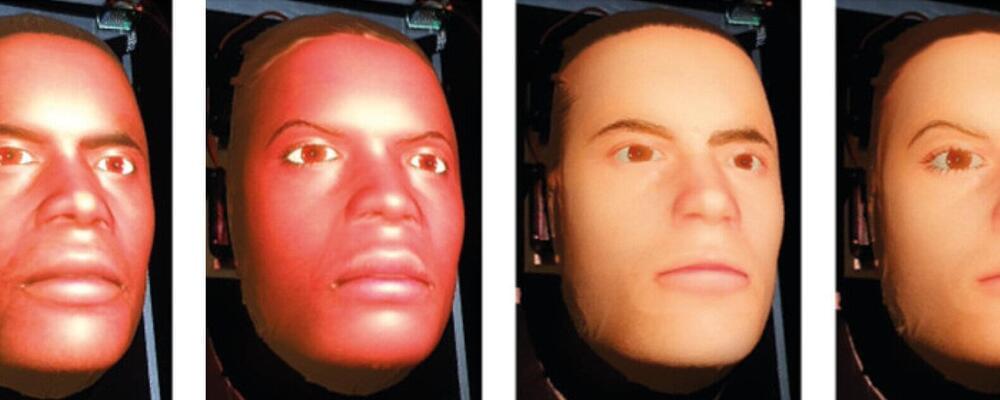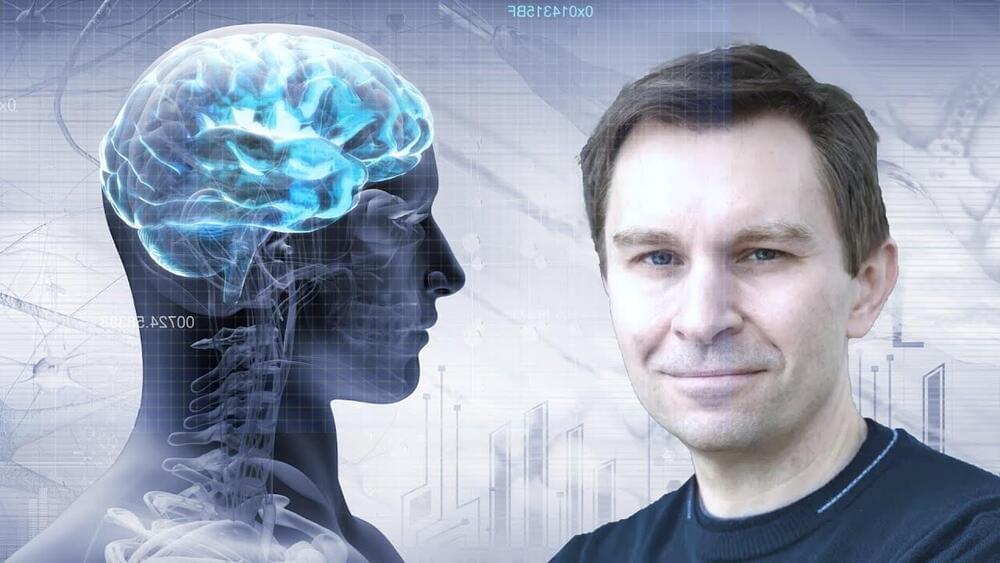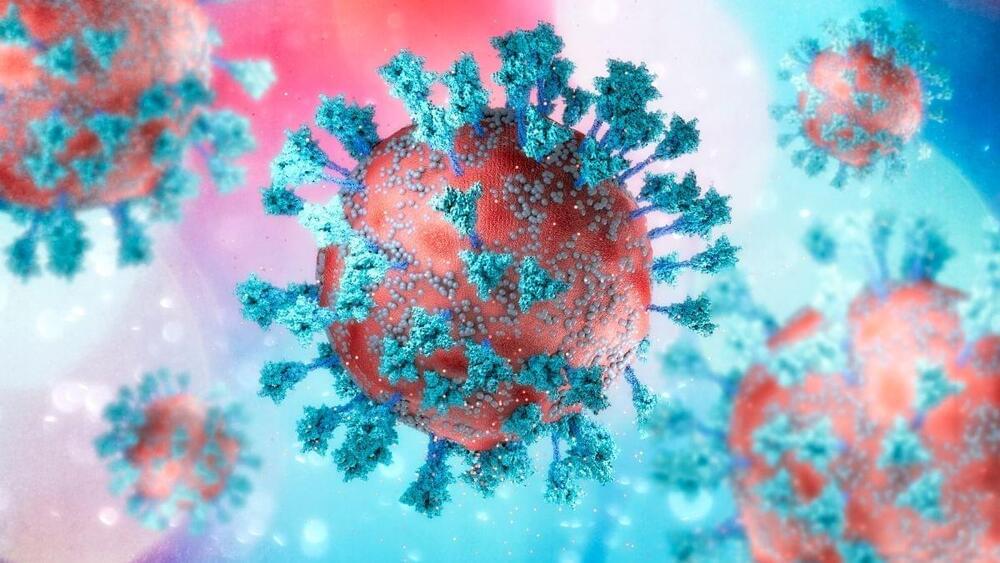Mar 13, 2022
World’s Largest Hydrogen Plant Says It’s Going to Power SpaceX Launches
Posted by Kelvin Dafiaghor in categories: Elon Musk, solar power, space travel, sustainability
US startup company Green Hydrogen International announced plans for a a 60GW renewable H2 project that will be powered by wind and solar. It’ll also produce clean rocket fuel for SpaceX, which is helmed by billionaire Tesla CEO Elon Musk, according to a report published yesterday in Recharge.
“We see Hydrogen City becoming one of the largest H2 production centers in the world, supplying many different customers with 100% clean H2 fuel,” founder Brian Maxwell told the energy industry pub.
The image below from GHI’s website shows the process of converting renewable energy from wind and solar farms into ammonia and rocket fuel. The key to scaling up production, the company says, is the large salt storage capability found in underground salt domes.

















